Welcome to An American's Guide to British Life - my lighthearted celebration of British culture! As an American living in the UK for the past three years, I love exploring the delightful cultural differences and similarities that make life here so interesting. These articles are written with affection and humor, never judgement and always with respect.
Sauces, I've discovered, are little cultural ambassadors. They reveal deep truths about national tastes, childhood memories, and what each culture considers the perfect complement to a chip (or should I say, crisp... or fry... we'll get to that).
The first time I confidently asked for ranch dressing at a British restaurant, the server's expression suggested I'd requested something between exotic and possibly illegal. "Ranch... dressing?" they repeated slowly, as if testing whether I might be speaking a different language entirely.
That moment marked the beginning of my education in the surprisingly complex world of British-American sauce culture.
Tomato Ketchup: The Universal Language
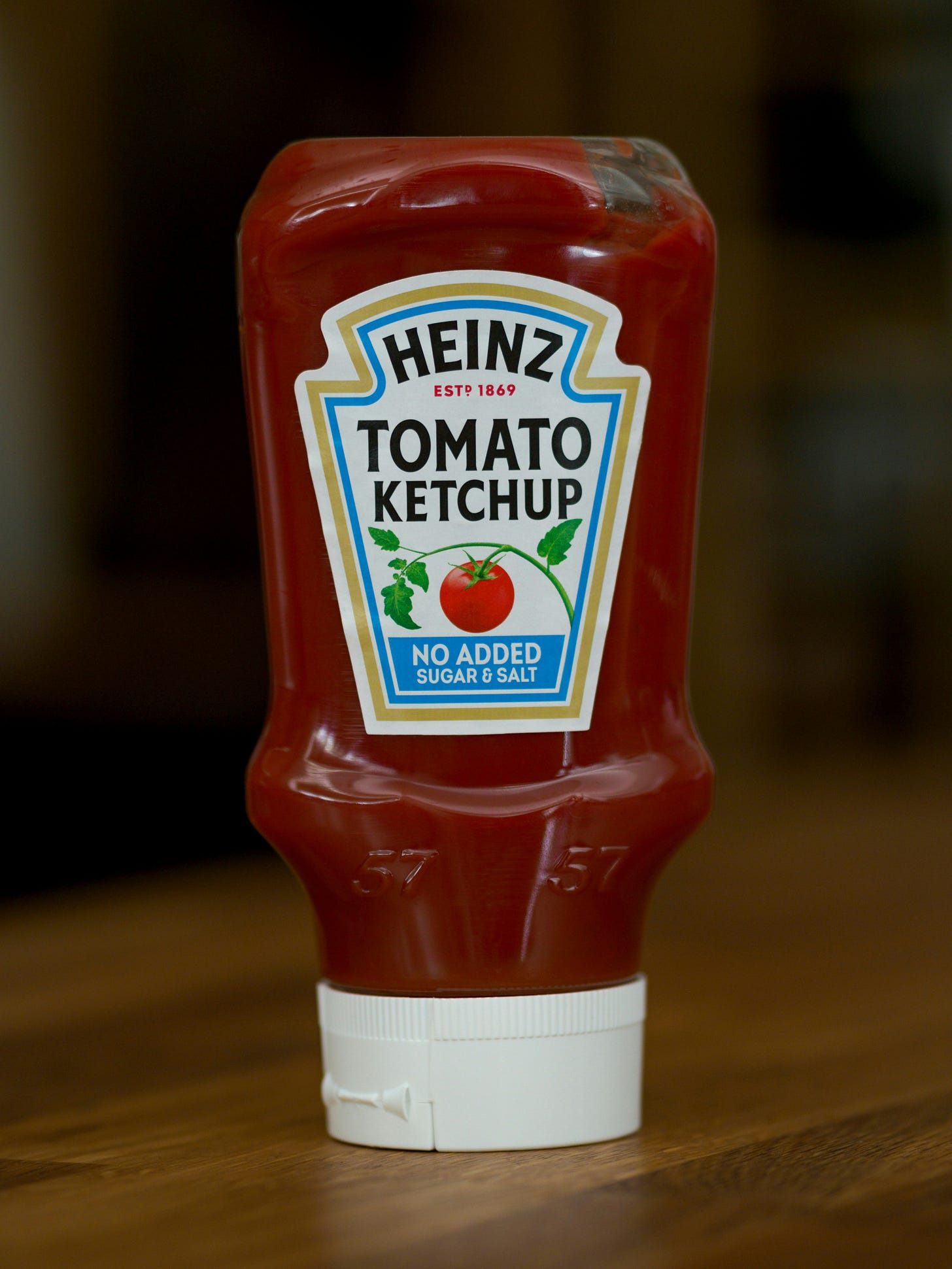
Let's start with the one sauce that theoretically bridges our cultures: tomato ketchup. Surely, I thought, this crimson staple would be the same everywhere. How wrong I was.
American tomato ketchup is unapologetically sweet – basically a tomato-flavored sugar delivery system that goes perfectly with everything from french fries to scrambled eggs (yes, we do that). It's thick, rich, and designed to be squeezed with abandon.
British tomato ketchup, I discovered, has more of an edge. Less sweet, more vinegar-forward, with a thinner consistency that actually enhances rather than masks the food it touches.
Heinz may have started in America, but the British version tastes like its more sophisticated cousin who studied abroad and came back with refined tastes.
The real revelation? Many Brits find American tomato ketchup cloyingly sweet, while I initially found British tomato ketchup disappointingly tart. It took a few months of adjustment before I appreciated the more nuanced British approach – though I still secretly prefer the American version on certain foods.
Turns out it's not just my imagination. American Heinz uses high fructose corn syrup while the British version uses regular sugar, which explains why my taste buds were a bit confused.
Brown Sauce: The British Essential
If tomato ketchup is our shared starting point, brown sauce is where things get distinctly British. HP Sauce, the undisputed king of brown sauces, sits on British tables like a mysterious brown oracle, ready to transform any meal into something more... British.
Describing brown sauce to Americans is nearly impossible without a taste test. It's tangy, slightly sweet, with hints of dates and vinegar. It's somehow both fruity and savory, thick but still pourable, familiar yet completely foreign.
My first encounter with brown sauce was on a sailing trip – the same one where I was uninvited from making tea for my British crew. I'd been terribly seasick and hadn't been able to keep anything down for days. One morning, I started to feel a bit better and could smell bacon cooking. My fellow crewmembers were making what they called a bacon butty – like a hoagie roll with bacon and this mysterious brown sauce. It was honestly one of the best things I'd ever tasted and felt like the cure to my seasickness, but I couldn't figure out what that sauce was.
The closest American equivalent might be A1 Steak Sauce, but that comparison falls short. A1 is designed for meat; brown sauce is like a Swiss Army knife of condiments, equally at home on a bacon/sausage sandwich, a fry up (English/Welsh/Scottish breakfast), with chips, or even (potentially controversially) on a roast dinner.
The Chip Shop Sauce Options
Nothing prepared me for all the sauce choices at the British chip shop. In America, fries come with ketchup, or maybe ranch or fry sauce if you're from Utah like me. End of story.
British chip shops operate an entirely different sauce philosophy. There's a whole social hierarchy of sauces, each with its own purpose and cultural significance:
Curry Sauce: Not actually curry, but a mild, slightly sweet, orange-tinged sauce that transforms ordinary chips into something approaching a meal. It's a uniquely British creation that emerged in the mid-20th century, blending mild curry spices with apple, onion, and often a touch of fruit for sweetness. It's comfort in liquid form, perfect for cold, rainy days when you need both sustenance and emotional support.
Gravy: While Americans have various gravies – brown gravy for roasts, white sausage gravy for biscuits, turkey gravy for holidays – British chip shop gravy is its own category entirely. It's a dark, rich, meaty sauce that somehow makes chips feel like a proper meal. It's hearty, warming, and completely transforms the chip shop experience from snack to sustenance.
Mushy Peas: Technically not a sauce, but served with the consistency of one. Bright green, surprisingly delicious, and absolutely nothing like any pea-based product I'd encountered in America.
Tartar Sauce: Universal fish companion, though the British version seems more vinegar-forward and less mayo-heavy than its American cousin.
And in Edinburgh, they have their own special creation called "chippy sauce" – a mix of brown sauce and malt vinegar that locals swear by for fish and chips. Because apparently even within Britain, sauce preferences get wonderfully specific.
Mayo Madness: The Garlic Revolution
In America, mayonnaise is mayo – creamy, neutral, occasionally flavored but generally straightforward. We have our Miracle Whip versus Hellmann's debates, but the category remains relatively simple.
Britain has taken mayonnaise and turned it into an art form.
Regular mayo exists, but it's just the foundation for an entire condiment universe. Garlic mayo appears on menus with the frequency of ketchup, but here's the thing – it's not just mayo mixed with garlic powder. It's a properly prepared aioli-style sauce that elevates everything it touches.
The first time I ordered takeaway pizza and received a generous pot of garlic mayo alongside, I thought it was an odd choice.
Now, I should mention that I'm not a mayo person at all – I had a bad experience with warm mayo on a sandwich once and it put me off for life. But I was curious enough to try a tiny bit, and while I still won't seek it out, I could appreciate that this wasn't the jarring garlic-powder-in-mayo combination I'd expected. It was clearly a more sophisticated sauce, even if mayo and I will never be friends.
British sandwich shops routinely offer multiple mayo variations – herb mayo, chili mayo, lemon mayo – each treated as a real menu item rather than some exotic special request. And here's the thing: mayo in Britain seems to go on everything Americans would typically eat with ranch. Chips, sandwiches, pizza, kebabs – if we'd put ranch on it back home, they're putting mayo (usually garlic mayo) on it here.
The Ranch Dressing Tragedy
Let me paint you a picture of cultural isolation: arriving in Britain with a deep, abiding love for ranch dressing, only to discover it simply doesn't exist in any meaningful way.
Ranch dressing in America isn't just a sauce or condiment – it's a food group. We put it on salads, use it as a dip for vegetables, pizza crusts, chicken wings, and basically anything that needs improving. It's creamy, herby, garlicky perfection in a bottle.
In Britain, ranch dressing is either completely unknown or available as an expensive import that often tastes like a pale imitation of the real thing. You can find Newman's Own ranch in some major supermarkets, but it's usually tucked away in a small international section and costs far more than it should. A few speciality American food stores and online retailers stock it, but for most Brits, ranch remains a mystery.
I've become one of those Americans who brings back bottles of ranch whenever I visit the States. The good news is I've managed to convert a few British family members who now understand the ranch obsession. The bad news? I learned the hard way that powdered ranch mix doesn't survive British humidity – it turns into an unusable brick that could probably be used as a doorstop.
I've tried explaining ranch to British friends, describing its perfect balance of herbs, garlic, and tangy creaminess, only to be met with polite bewilderment.
The closest British equivalent might be a good garlic mayo or perhaps a herb-infused yogurt dressing, but it's like comparing a bicycle to a motorcycle – similar category, completely different experience.
BBQ Sauce: The Flavor Philosophy Divide
BBQ sauce reveals fundamental differences in how our cultures approach flavor complexity. American BBQ sauces run the gamut from Kansas City sweet to Carolina vinegar-tangy to Memphis dry rubs, but they're generally bold, assertive, and designed to be the star of the show.
British BBQ sauce is more... diplomatic. It's sweeter than brown sauce, less complex than American BBQ sauce, and seems designed to play nice with other flavors rather than dominate. It's perfectly pleasant, but for someone raised on the bold regional BBQ sauces of America, it can feel disappointingly mild.
This isn't a criticism – it's just a different approach. British BBQ sauce plays well with others, while American BBQ sauce wants to be the star of the show. Both have their place, though my taste buds still pine for the complex, molasses-heavy BBQ sauces of my homeland.
Cocktail Sauce: The Great Misunderstanding
Here's another transatlantic divide that catches people off guard – American cocktail sauce is a bold red mixture of ketchup and horseradish, perfect for shrimp.
British cocktail sauce is a pale pink, creamy concoction that's more like a mild thousand island dressing.
Same name, completely different sauce, leading to confused faces on both sides of the Atlantic when someone asks for cocktail sauce with their prawns.
Fry Sauce: The Great Utah Export
I'd be remiss not to mention my home state's contribution to sauce culture: fry sauce. This Utah creation combines ketchup and mayonnaise, often with a hint of mustard and sometimes a bit of BBQ sauce, creating something that's somehow greater than the sum of its parts.
And before anyone suggests it's not a "real" thing – fry sauce has been a Utah staple since the 1940s when it was invented at the fast food restaurant, Arctic Circle.
By the time Salt Lake City hosted the 2002 Winter Olympics, it was such an iconic part of Utah culture that one of the most sought-after commemorative pins featured fry sauce. Over half a century of state pride right there.
Roast Dinner Sauces: The Traditional Pairings
Speaking of British sauce traditions, roast dinners come with their own set of classic pairings. Many of these will be familiar to Americans, though there are some distinctly British twists:
Pork typically comes with apple sauce – just like in America, that sweet, chunky accompaniment that cuts through the richness perfectly.
Lamb is traditionally served with mint sauce – a sharp, vinegary mint mixture that's quite different from the sweet mint jelly Americans might know.
Beef pairs beautifully with horseradish – another transatlantic favorite that clears your sinuses and enhances the meat.
Chicken usually just gets gravy, keeping things simple.
Turkey at Christmas comes with both bread sauce (a creamy, breadcrumb-based sauce that's uniquely British) and cranberry sauce (familiar territory for Americans).
Duck gets the fancy treatment with orange sauce, plum sauce, or sometimes hoisin sauce.
While many of these pairings cross cultural lines, the British versions often have their own character – like that sharp mint sauce versus sweet mint jelly, or the addition of bread sauce to the Christmas turkey spread.
The Learning Curve
My sauce education has been a journey of small revelations and gradual appreciation. What initially seemed like random differences – why is this ketchup less sweet? why don't they have ranch? what exactly is brown sauce supposed to taste like? – slowly revealed themselves as expressions of different cultural approaches to flavor.
I've learned to appreciate the sophistication of proper garlic mayo, the comfort of curry sauce on a rainy day, and developed a genuine love for HP sauce after that life-changing bacon butty experience during my seasick sailing days. My palate has expanded, even as my heart occasionally yearns for a proper bottle of Hidden Valley Ranch.
The Sauce Verdict
Here's what I've discovered: both cultures get sauces right, just differently. American sauces tend toward bold, sweet, and in-your-face – they're designed to transform and enhance. British sauces lean more sophisticated, balanced, and subtle – they're crafted to elevate without overwhelming.
Neither approach is better; they're just different expressions of how we want our food to taste and feel. American sauces reflect our cultural preference for abundance and bold flavors. British sauces show a more subtle approach to enhancement and balance.
The real winner? Anyone willing to explore both sauce cultures with an open mind and adventurous palate.
Note: This sauce exploration barely scratches the surface of British condiment culture. The fascinating world of what actually goes inside British sandwiches – from Branston Pickle to salad cream, crisps as fillings to proper cheese and pickle combinations – deserves its own dedicated deep dive. Consider that a future adventure we'll tackle together!
Your Turn: Sauce Stories Welcome
I want to hear from you about your own sauce adventures!
British friends: What sauce confusion have you witnessed from American visitors? Which American condiment have you tried and actually enjoyed? What's your strongest sauce opinion that you'll defend to the death?
Fellow Americans: What British sauce surprised you most? Have you successfully recreated ranch dressing using British ingredients? What's your strategy for navigating chip shop sauce choices?
For everyone: What's your most controversial sauce opinion? Do you have a secret sauce combination that sounds terrible but tastes amazing? What condiment from your culture do you think the other side is missing out on?
Bonus points for stories about sauce-related cultural misunderstandings or successful sauce conversions!
Whether you're team brown sauce or team ranch, team curry sauce or team BBQ, I'd love to hear your saucy stories in the comments below.
See you next Sunday,
Marianne

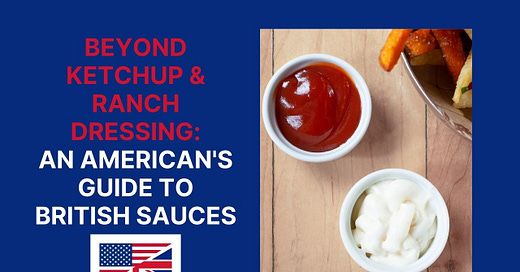




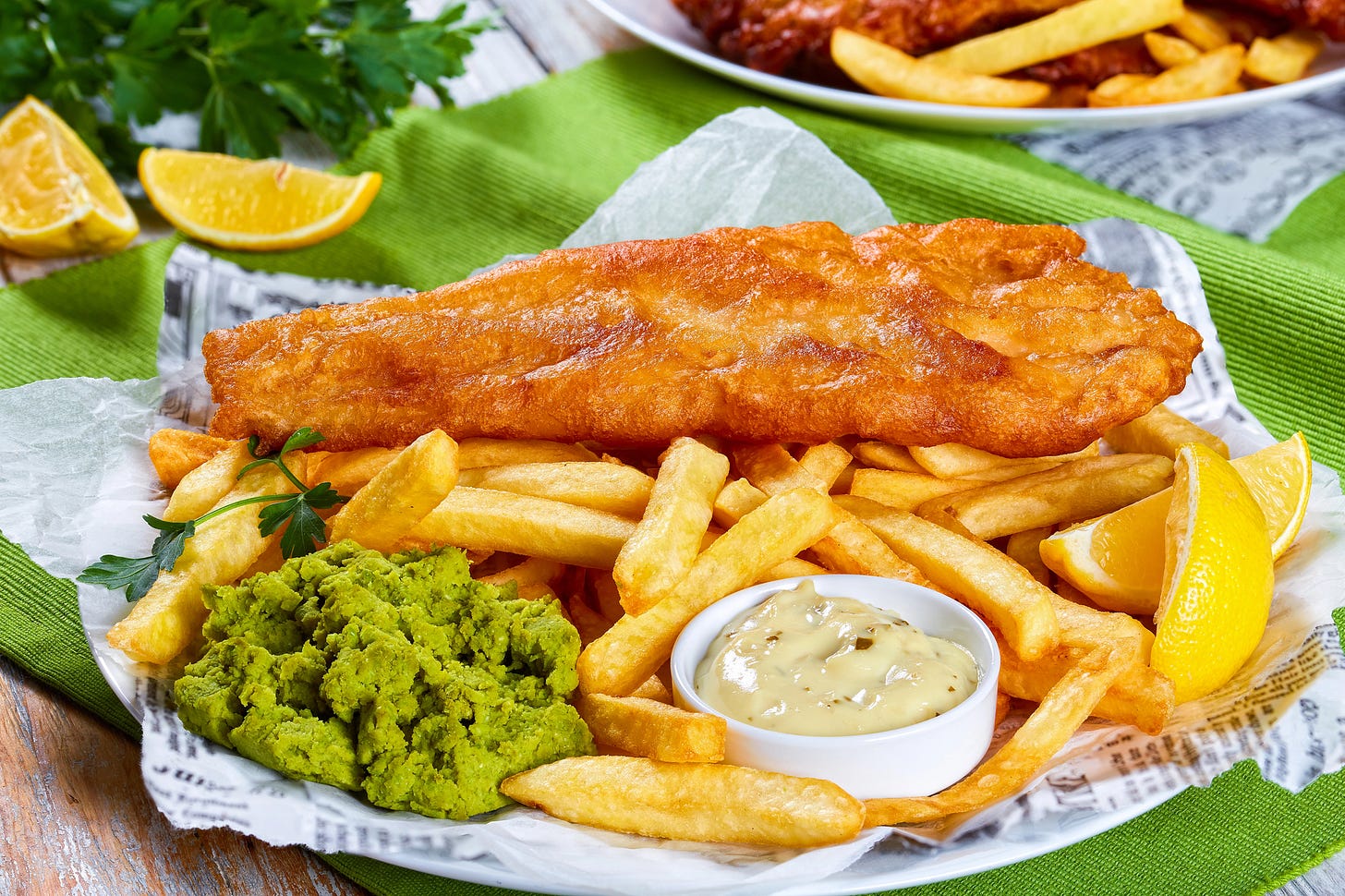

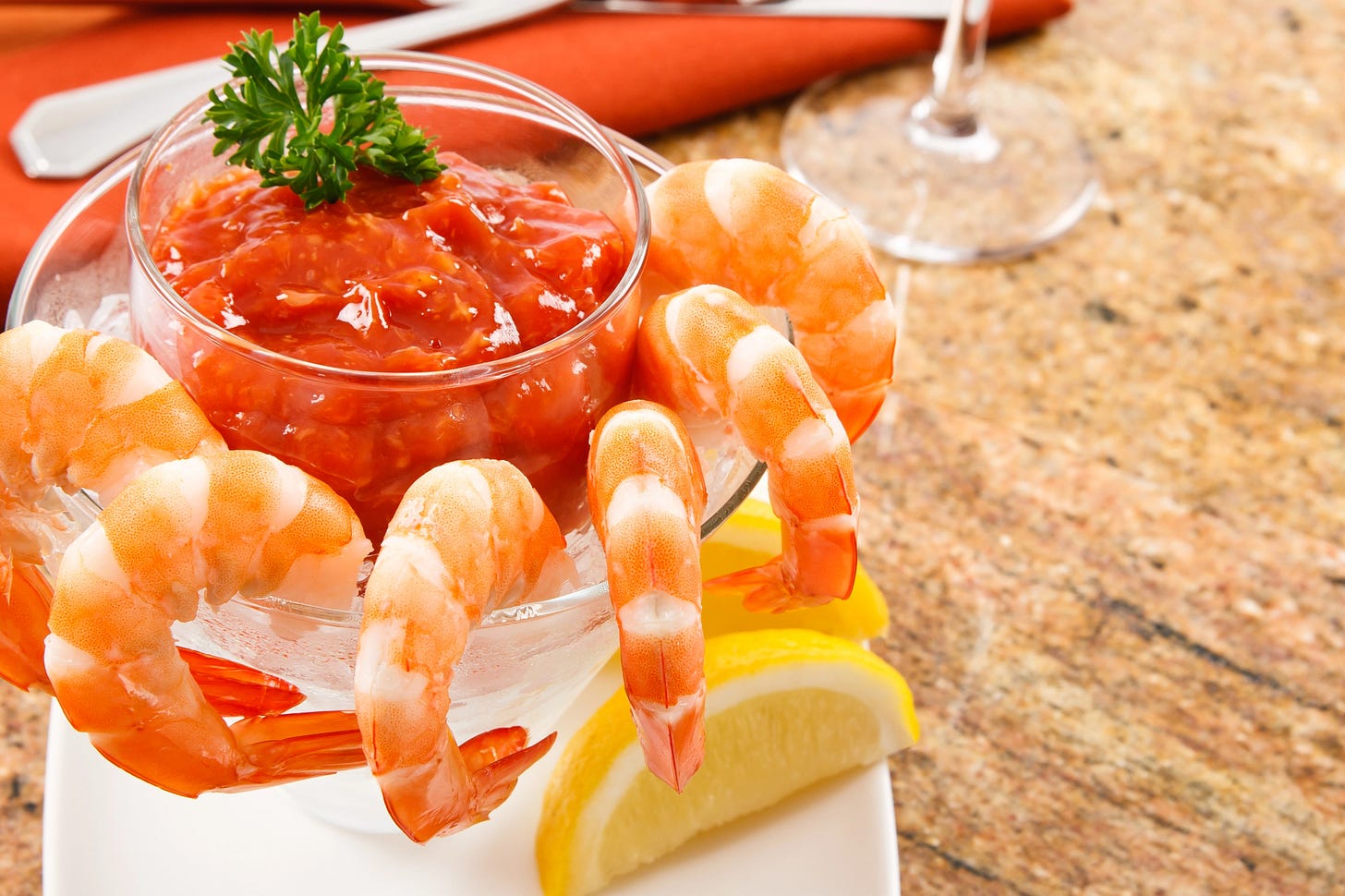
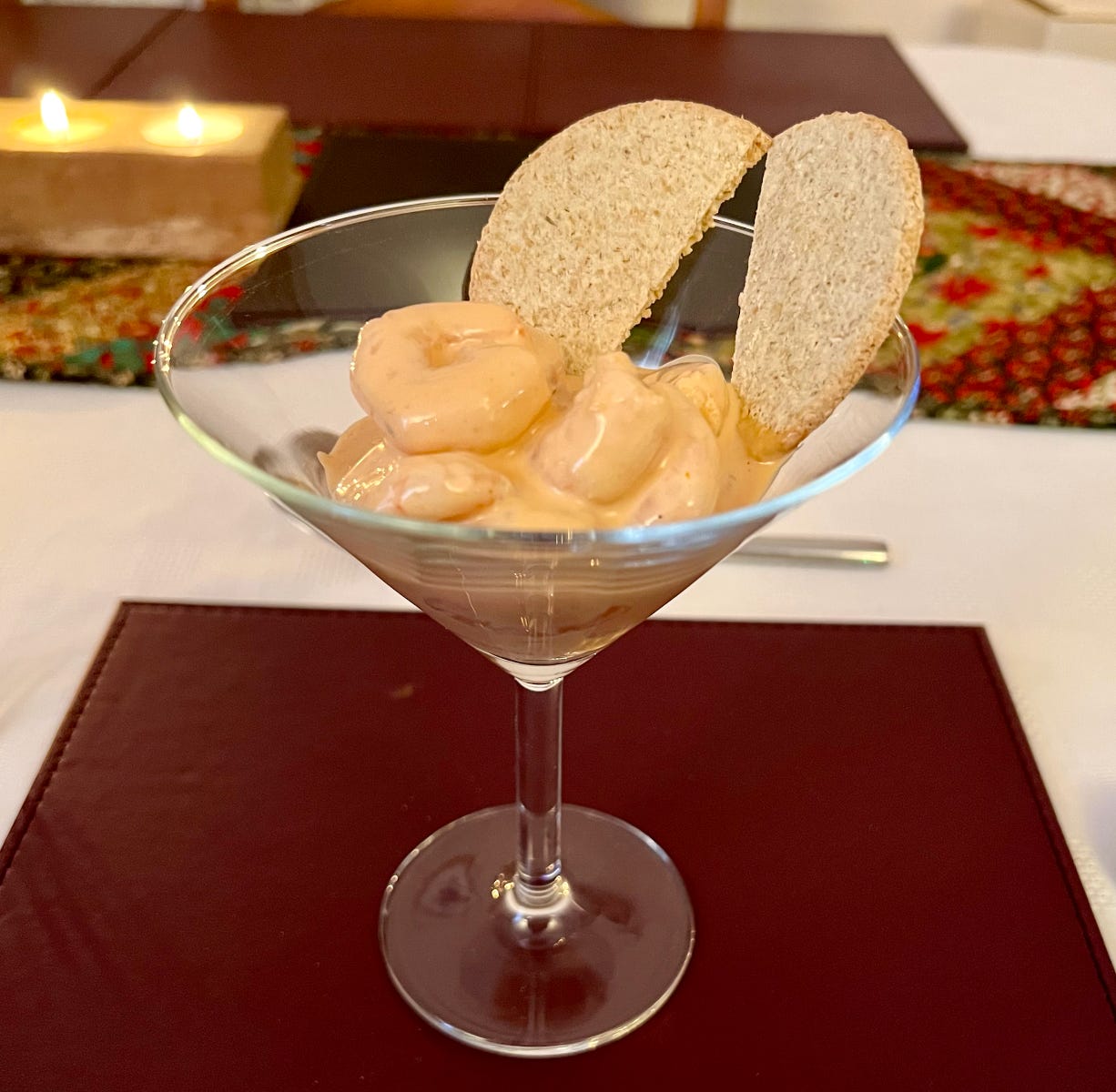
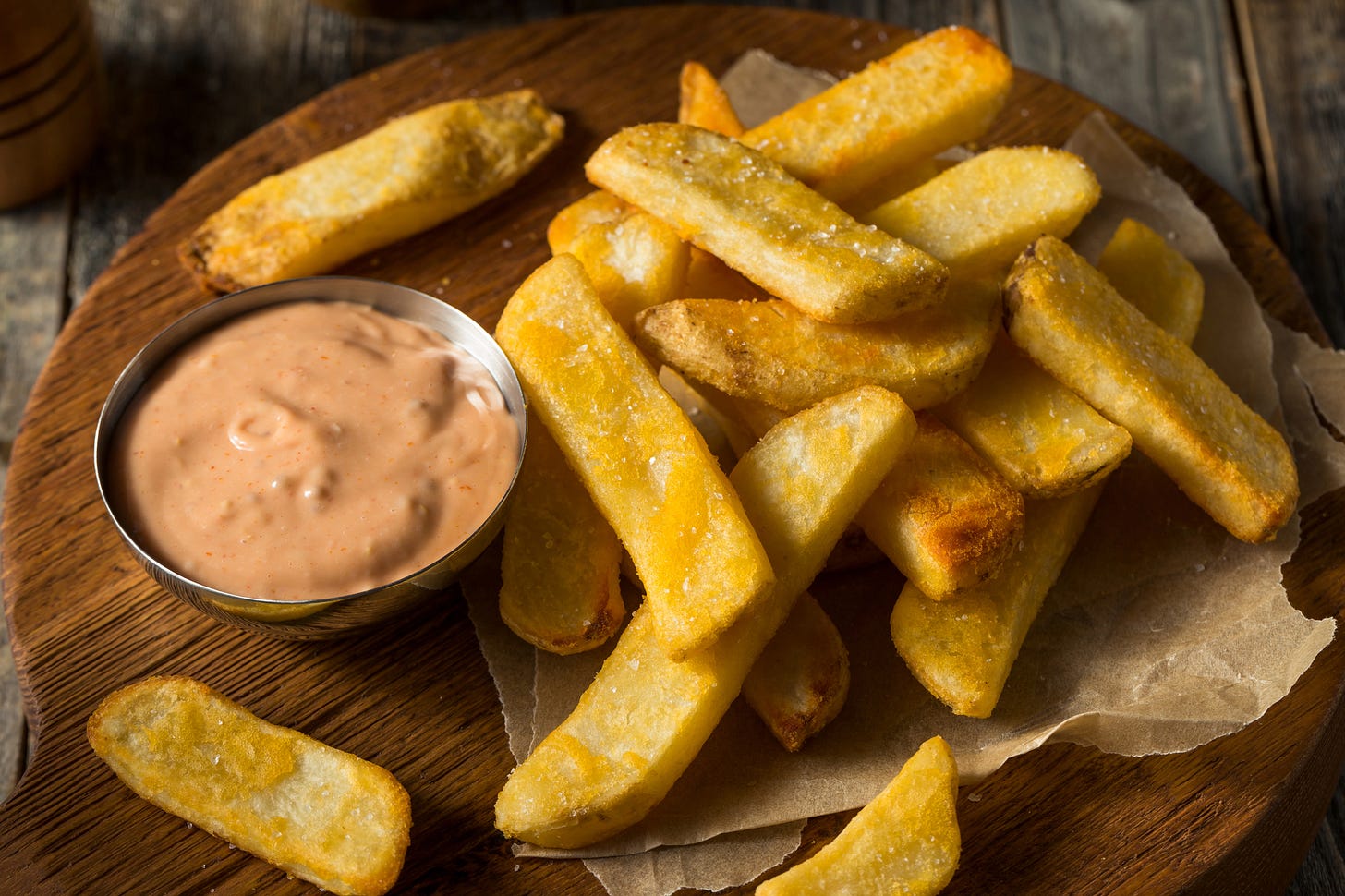
Dont forget Worcestershire Sauce. Main brand Lea and Perrins, which is like a thinner, sharper brown sauce that you kind of splash onto cheese on toast. Closely linked to Hendersons Relish from Sheffield.
Two comments from me… Firstly, mustards are a world of complexity here! The first time my mom & I had a hot-dog on a cold, grey seafront after arriving from Arizona - we gleefully lathered the weiners with red and yellow. Except, only once wolfing them down did we realise that ‘yellow’ was in fact English mustard - yoikes that was a shock… 😳 🥵🤢 Thankfully, French’s American style is now readily available- and I’ve even learned what English mustard IS good for - but that was a tough lesson!
Secondly - an honorable mention is deserved for ‘chip salt’. Basically salt and paprika (i think!), i’ve been told this a ‘thing’ from Hull and is held high with great sanctity - though i suspect a few other cities might claim ownership. Anyhoo, it brings another whole angle to the common ‘chip’ and gives it a far more exotic appearance than anything from Hull deserves 🤣